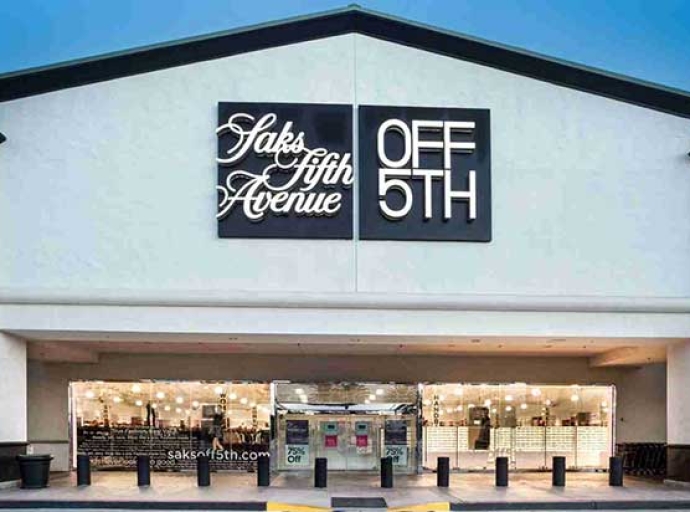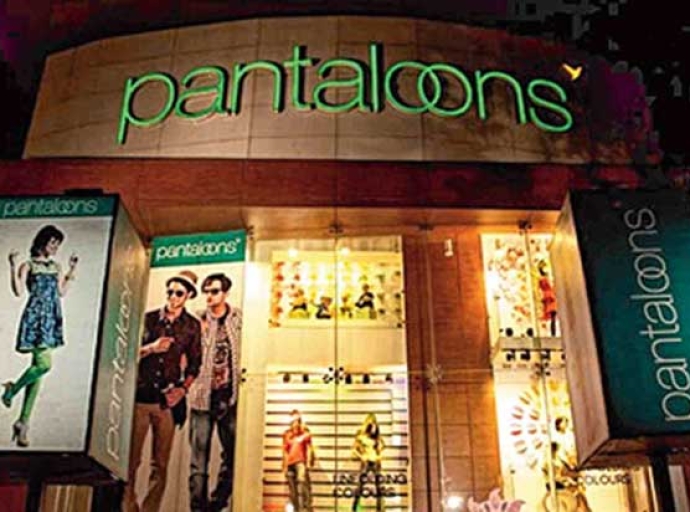20 June 2023, Mumbai
India has long been the leader in the textile and garment sector, but the sector temporarily suffered from the worldwide pandemic between 2020 and the beginning of 2021.
India made sure to seize the positive and healthy demand in both the domestic and international markets with only a little push in the midst of the world economy's recovery.
Datapoints
The same is evident in the most recent statistics made public by prestigious textile and garment businesses as well as through official channels. Studies have been reporting on the performance of the Indian textile and apparel industry for the past several months, and the growth narrative will continue through the conclusion of FY '24.
According to Ministry of Commerce and Industry data, India's textile and garment sector experienced the highest-ever rise in exports, rising by 40.55 percent to US$43.44 billion in FY'22 from US$30.90 billion in FY'21. In terms of overall numbers, ready-made clothing exports in FY 22 totaled US $ 16 billion, up 30.40% from FY 21.
Steady Growth: Indian Textile and Apparel Industry on a Promising Path
The Indian textile and apparel industry is set to experience robust and consistent growth, with a projected compound annual growth rate (CAGR) of 10% from 2019-23.
This upward trajectory aims to propel the industry to a remarkable market value of US$190 billion by 2025-26. Such impressive figures indicate a positive outlook for the sector.
Rising Market Potential: Energy Consumption and Environmental Impact
Notably, the Indian textile and apparel industry holds significant importance in terms of energy consumption, accounting for around 9-10% of India's total industrial energy usage.
Moreover, it contributes approximately 3% to global greenhouse gas emissions, emphasizing the need for sustainable practices within the sector.
Income Surge Driving Apparel Industry Growth
The driving force behind the thriving apparel industry in India is the escalating income of the population. With per capita income expected to grow at a CAGR of 7-9% over the next decade, more consumers have the means to invest in clothing and textiles, further fueling industry expansion.
Domestic Market Dominance: Expanding Opportunities
The domestic textile and apparel market in India, valued at over $100 billion as of 2018-19, is poised for remarkable growth.
Projections indicate a CAGR of 12%, propelling the market size to reach a substantial $223 billion by 2021. Currently, the domestic market holds sway, accounting for approximately 74% of India's total textile and apparel market, signaling ample opportunities for growth and investment.
Cautious optimism; the Indian textile and apparel industry's steady growth, driven by rising incomes and domestic market dominance, paints a promising picture for the sector's future.
As the industry strives to address energy consumption and environmental concerns, it has the potential to create numerous opportunities for stakeholders and contribute significantly to India's economic landscape.
India's Retail Revolution: Transition to Organized Retailing
India's retail industry undergoes a transformative shift from traditional to organized retailing, aligning with global trends. Despite initial hurdles, India is poised to claim the industry's second position.
Consumer Behavior: Unlocking Opportunities in a Booming Market
Understanding consumer behavior becomes paramount to leveraging the immense potential of the rapidly expanding apparel market. Adapting strategies accordingly holds the key to success.
Uptick
In reality, the fourth quarter of 22 proved to be a catalyst for the expansion of Indian garment factories, as they recorded US $ 4.81 billion in export revenues or an 18.11% Y-o-Y increase. If the clothing and textile sectors are combined, the rise is considerably greater due to the buoyant domestic demand for textile raw materials.
Leading from the front, Indian public limited companies across the supply chain, including Arvind Ltd., Siyaram Silk Mill, KPR Mill, Gokaldas Exports, and Welspun, as well as other public limited entities like PDS Ltd., Raymond, and Maral Overseas, demonstrated positive results in the recently ended Q4 of FY '22, as well as for the entire financial year (see Tables 1, 2, and 3). Additionally, some of the organisations experienced exceptional growth on both the top and bottom lines.
Export perspective in the industry
From an export perspective, the major garment retail markets in the world, including the USA, Europe, Australia, Japan, and South Korea, among others, have shown Y-o-Y growth in 2021 over 2020, which has benefited Indian factories with an export focus.
Consumer interest in omnichannel commerce has been strong for the stores that have chosen it. apparel and apparel accessory store sales allegedly increased by 33.1% during the course of the holiday season, above projections for growth of 14.1% to US $ 886.7 billion.
The most recent quarters have seen pretty strong results from a variety of international brands and shops. The National Retail Federation (NRF) recently stated that consumers used to inflation continued to spend in April '22, supporting the claim that the USA continues to experience strong demand.
Thus, despite higher costs, clothing retail sales in the US increased on a monthly basis compared to March 22.
The ascent
A select few of the businesses were also active in diversifying their portfolio, which aided in their successful growth. Companies like PDS Ltd., which purchased a share in UK-based Filkor Limited, saw their most recent quarter and fiscal year break records as they not only beat expectations but also established a new standard for growth going forward.
When discussing the efforts behind this achievement, the company's vice chairman, Pallak Seth, says, "This year we have witnessed long-term association with leading brands and retailers, offering them 'Sourcing as a Service' for exclusive territories, including Hanes Brands in Bangladesh and S.Oliver in India.
Additionally, we are observing how sourcing opportunities are developing as more retailers and brands looking to connect with companies that have an integrated supply chain, such as PDS.
Although the company's primary business is sourcing, its manufacturing operations just had a significant turnaround, and moving forward, this division is anticipated to contribute to the bottom line.
The manufacturing sector had a 92% increase in top-line revenue from Rs. 285 crore in the previous fiscal year to Rs. 547 crore this year.
Demand tailwind
In a similar vein, Australian retail sales on February 22 again exceeded expectations. Comparing the first two months of the year, the clothes and department store sectors both saw increases of over 11%.
The Australian Bureau of Statistics (ABS) notes that in March 2022, the total Australian retail turnover increased by 1.6%, setting a new record.
Companies that are vertically integrated and have access to both the home and international markets also benefit from strong demand. The same is confirmed by Arvind Ltd., which also notes that fabric and apparel volumes were high in both local and international markets. The volume of fabric remained stable.
Growth Trajectory: Expanding Global Apparel Market
The global apparel market sets sights on surpassing $2.6 trillion, with a 5% CAGR for worldwide garment demand. India and China lead the charge, outpacing the global average with projected growth rates of 12% and 10% respectively.
Driving Forces: Factors Shaping Indian Organized Retail
Rising working women population, increasing disposable incomes, accessible credit, price differentiation, quality parity, and strategic use of media drive India's dynamic organized retail landscape.
Latest Publications

































